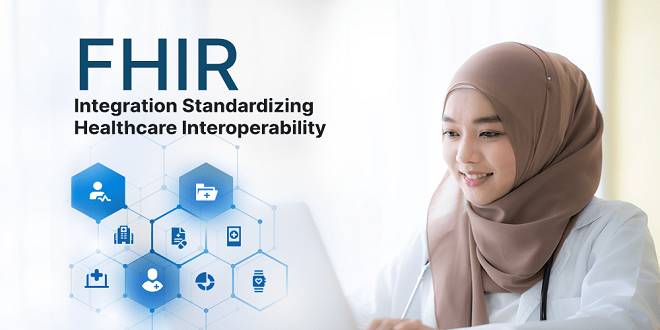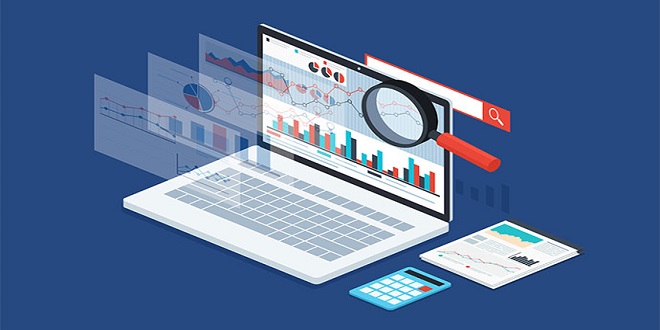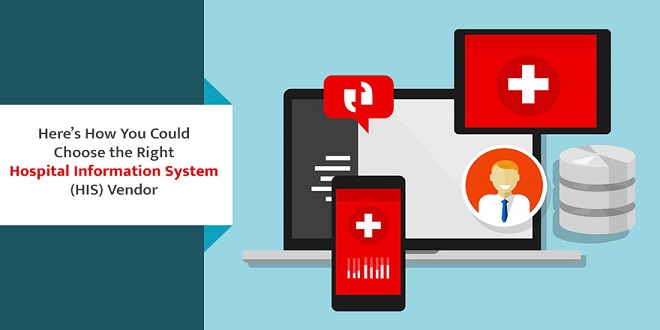FHIR, and the Promise of Interoperability

FHIR stands for Fast Healthcare Interoperability Res
FHIR establishes three major guidelines: the file format, the definitions and phrasing of terms, and the data transmission protocols. The common language makes it easy to access the data and submit queries. This streamlines the format and maximizes the value of shared data.
FHIR requires, for instance, that all patients are referred as “patients” even though other organizations may call them “members” or program users. In other contexts, “practitioners”, “clinicians”, or “care managers” could also be used to refer to FHIR’s “practitioners”.
What does FHIR mean as a new interoperability standard?
In order to foster innovation within an industry, it is essential that data be freely available to all entities that can use that data to generate value.
Because FHIR relies on existing data transmission standards, the barrier to entry is lower for new software. In other words, developers are more familiar with data transfer methods than they are with starting from scratch.
FHIR eliminates all metadata which makes it easier to share information. This allows you to distinguish between the person’s interpretation and the data. This allows data to be transferred, cleansed, and interpreted between systems without incurring additional costs.
FHIR can also handle complex issues. FHIR supports only non-proprietary data formats, which allows a wider audience access to the shared information. Users do not have to worry whether the recipient has the correct application to view and open FHIR reports. Integration approval is made easier by the endorsement of the system by the Department of Health and Human Services.
How does FHIR impact quality reporting?
FHIR is broken down into five layers. Levels 3 & 4, which are most relevant for quality reporting, include administrative, clinical, diagnostic and medication data. It is easy to query the information because it all comes in the same FHIR language with no metadata.
The problem with healthcare interoperability is that data has been kept in silos with two very strong limitations. There are two main problems with interoperability in healthcare: one, data owners don’t have incentives to share their data with others, and second, there isn’t a common technology or services that makes it possible to store and move data around.
Data analysts may run reports to determine the average age of diabetic patients. The search can be limited to a particular area or extended to the whole United States. Although much of the shared data might seem like digital trash, it can still be useful if you look at it through the right lens.
Accessing data about hospitals, healthcare systems and patient populations is easier when all information, including patient, hospital and practitioner, is in one place. Also, it’s easier to use the same terminology. Data analysts can provide critical insights about diagnoses and demographics of different groups to be compared with traditional reporting.
What else can FHIR do?
FHIR is intended to be used as a foundation platform, which can be modified and improved upon. FHIR allows all users to share a common understanding. This can lead to real interoperability within the healthcare industry. FHIR is a starting point that allows developers to create their own apps and services rather than one app that does everything.
Because of its unique feature, FHIR can be used as a starting point for artificial Intelligence (AI) development. Data used to train a machine-learning solution are already in a standardised format. Developers don’t need to spend time cleaning the data before they feed it to AI. They can simply start with the most essential facts.
As you create your digital roadmap, ensure that you consider the member experience when planning your future-proofing health plan. Provide seamless experiences for members, whether they are interacting with their clinicians via telehealth, or managing multiple diseases at home. If you use FHIR-based APIs, you can adapt to changing needs and provide new tools and services.
Case Study
COVID-19 has led to a significant rise in telehealth adoption by patients and practitioners. Telemedicine has moved beyond conference calls and is now a technology-rich solution that connects patients, clinicians, and physicians. This makes healthcare more accessible.
Telemedicine doesn’t have to change the way you do business.
Mirth & FHIR-Based Integration between EHR & Telemedicine
Introduction
Two different vendors provided Telemedicine and EHR software to a US-based healthcare practice. Customer wanted access to patient data at any time during an appointment using telemedicine software.
KPi-Tech Solution
KPi-Tech designed and developed an interoperability solution to meet the customer’s requirements using Mirth Engine, FHIR and Mirth Engine to integrate Telemedicine and EHR software.
All patient information and appointments are sent via HL7 to Mirth.
This information is translated by the mirth engine to FHIR standard JSON/XML and sent to telemedicine software via FHIR HTTP API.
Now, the provider has all the information necessary to make appointments using the telemedicine software.
After the appointment has been completed, it is time to send EHR encounter notes.
Mirth receives the encounter notes via API in FHIR Standard. Mirth converts FHIR standard data from JASON/XML to HL7 MDM documents. Then, it is sent to hospital software (patient documentation).
Result
Providers had access to patient data at any time during an appointment using the telemedicine software. It saved time and effort by not having to look into two systems.
The ability of physicians to evaluate the patient’s health over time is enhanced by past data in the patient record. This is crucial for long-term and preventative care.
Moreover, doctors would likely have to enter the same information twice if EHR-telemedicine integration was not available. The integration of the two systems enabled information to be automatically entered into a patient’s EHR. This simplified the data-entry process and reduced the chance of making an error in updating the EHR later. It also ensured that specialists had access to the most recent information.
Integration of telemedicine and EHR has made it easier for doctors to provide seamless, integrated care. They can conduct appointments and access patient records simultaneously, which saves them time and increases their usability.
Integration also allowed for easy scheduling of patients, which helped to maintain a full schedule and increase their ROI.
KPi-Tech Services develops healthcare solutions for various care facilities in the United States. We have over 1000 hospitals that use our products. We have been developing healthcare websites and mobile apps since 1997 for doctors, hospitals, pharmacies, and patients.
KPi-Tech provides simple, yet effective FHIR interoperability options for radical healthcare delivery changes. KPi-Tech has developed custom-made frameworks to enable interoperability in infrastructure, administration, and clinical services delivered via cloud, SaaS and web. These allow for the exchange, sharing, integration, retrieval, and integration of electronic health information. Our FHIR services take less time to build and implement.





